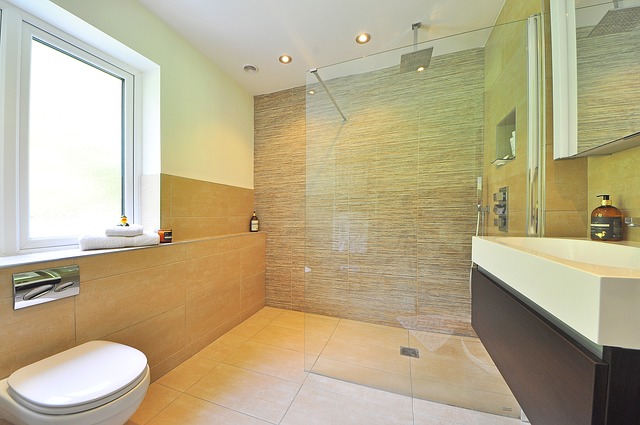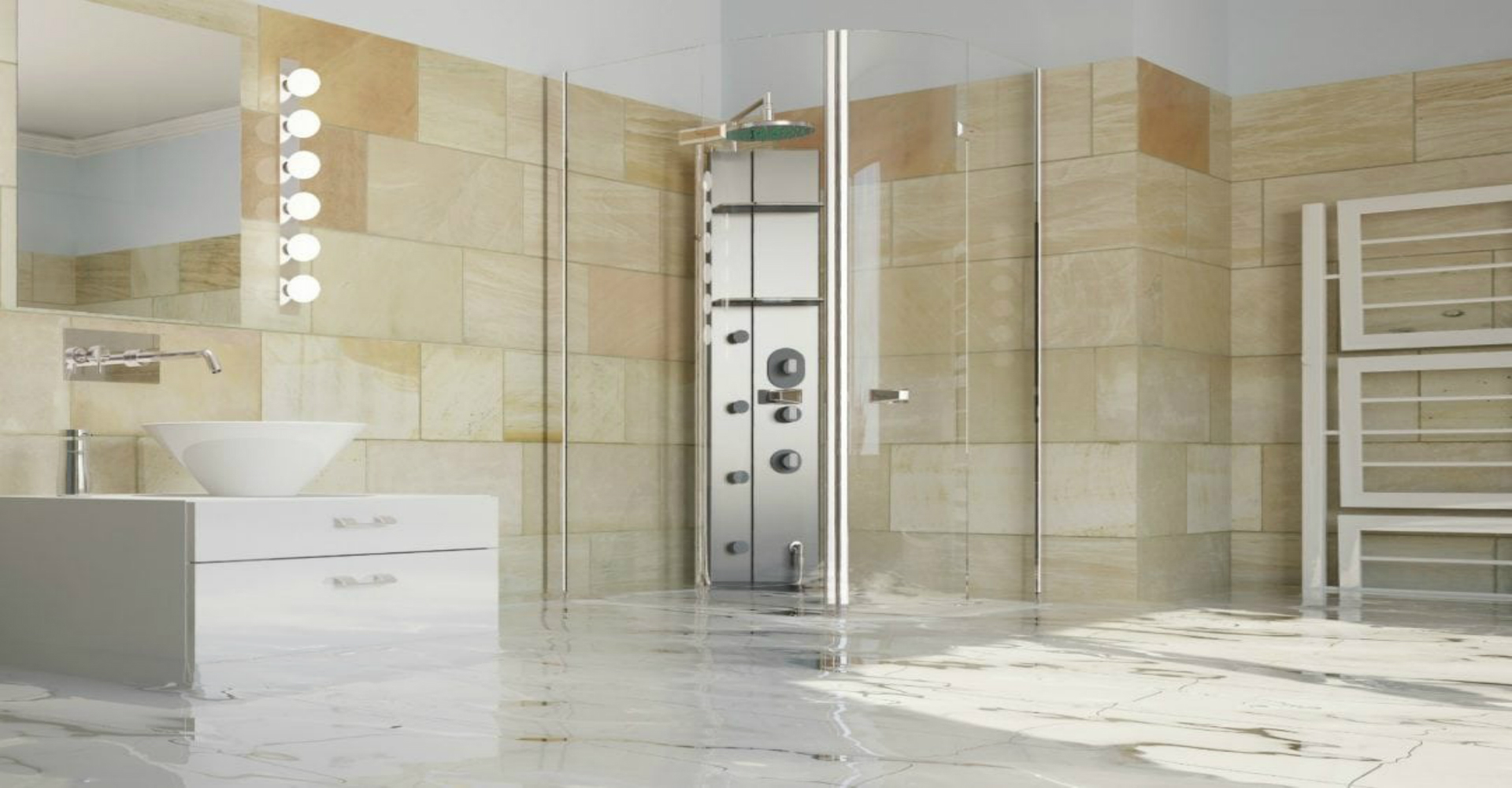We've stumbled upon this great article on How to Check for Bathroom Leaks below on the web and reckoned it made perfect sense to share it with you on my blog.

Shower room leaks are frustrating as they disrupt your day's strategy. They vary in severity relying on the source of the leak. Yet, you must prioritize them, as they can swiftly intensify. So, it is an alleviation that most washroom leaks are simple to spot and also take care of, with marginal cost effects.
Having a water leakage in washroom can be stressful to the property owner. Repairing the leak comes to be a very easy issue if you recognize what to do. This article is essential as a house guide to discovering as well as dealing with a water leak in shower room. It does not replace the requirement for expert expertise. The article functions as a "first aid" when you need an emergency reaction to a water leakage in bathroom.
Discovery as well as Repair Service of Water Leak in Bathroom
Water leakage in washroom typically results from plumbing and also pipeline faults. You might need a basic expertise of these leak types to identify the water leak in washroom.
Clogged Shower Room Sinks
In some cases, the water leak in shower room results from sink obstructions. This is commonly a problem to home owners as well as might be undesirable. Clogs might result from the accumulation of soap scum, hair bits, or debris that block the drain. It is simple to manage blockages, and also you may not require expert abilities.
What to Do
You can use a drain serpent to get rid of the debris in the drain as well as allow the stationary water circulation. Drain cleaners are likewise readily available in shops and are easy to utilize.
Commode Leaks
Often, water leakages from the commode and pools around the toilet base. It is an eyesore in the restroom and needs prompt attention.
What to Do
You just need to tighten them if there are loose screws in between the cistern as well as bathroom. Often you may need to reapply wax on the gasket or contact a shower room leak professional to replace broken or used parts.
Sprinkle Leaks
These commonly result from water splashing on the restroom floor from the bath tub. It harms the bathroom flooring as well as may create rot to wooden floorings as well as restroom doors.
What to Do
This bathroom leakage is the simplest to fix. You just require to change the curtains or recaulk the bath tub or shower. If the leak has actually damaged the washroom flooring or door, you may need to change these to stop additional damage. Fortunately is that you can involve a pipes specialist to assist with the restroom repair.
Conclusion
Water leaks in the washroom are avoidable occasions in the home. When they do, repair them promptly, or involve the solutions of an expert.
The article serves as a "initial aid" when you require an emergency action to a water leakage in washroom.
Water leakage in bathroom typically results from plumbing as well as pipeline mistakes. You might require a basic knowledge of these leak types to find the water leak in bathroom. Occasionally, the water leakage in bathroom results from sink blockages. It damages the restroom flooring and may cause rot to wooden floors and restroom doors.
Signs That You Have a Water Leak in Your Bathroom
Puddles and Damp Patches
Water that’s appearing unexpectedly is a bad sign. If you’ve not taken a bath or shower, yet water’s still on the floors, then you’ve sprung a leak.
Keep an eye out for puddles on the floor, around the base of your shower, and/or in the cabinets of your bathroom. That water’s coming from somewhere!
The same goes for dampness in the room. Damp patches (however big or small) that appear anywhere from the floor to the ceiling is another sign of a leak.
Mold
Mold isn’t uncommon in bathrooms.
It’s found in damp and humid conditions, making a bathroom prime territory for mold to form. This is true in and around areas like the shower.
Confusingly, though, mold can also be a signal of a leak. Remember the damp patches we mentioned above? Well, it’s only a matter of time before mold grows on them.
Note any mold that’s started to form in ‘unexpected’ places. Pay close attention to mold in areas that should, in theory, remain dry.
Peeling Wallpaper
You may or may not have wallpaper in your bathroom.
If you don’t, then skip this one. However, for those that do, read on!
Essentially, any damp that’s present beneath a layer of wallpaper will cause it to peel away from the wall. Sure, this happens in time anyway, as the adhesive fails.
But don’t let that fact dissuade you from suspecting a leak. A well-wallpapered bathroom won’t peel unless there’s a problem.
Tiling Issues
On the subject of things coming off walls, pay attention to your bathroom tiles.
Never ignore them when they’re broken or loose, or have damaged caulking between them. These can let water trickle through and impact the materials beneath in what’s called a ‘tile leak’.
Bad tile leaks can be expensive to repair. If you’re lucky, you can get away with just replacing the tiles and grout/caulk. Sometimes, though, you’ll need a brand new backing.
The basic message here is to regularly check the tiles in your bathroom for damage, wear and tear! Call a professional for support at the first sign of trouble.
Strange Noises
Nothing sends terror through the hearts of a homeowner like the sound of dripping water in the walls! Any obvious water sounds must be addressed as soon as possible. You’ve sprung a leak which could be causing untold damage to the property.
Keep an ear out for more subtle and unrecognizable sounds too. For instance, a high-pitched hissing noise in the walls can come from a pipe that’s developed a slight crack.
Call the professionals whenever you notice watery noises persisting in the absence of bathroom appliances being used.
Strange Smells
As we’ve seen, leaks often cause damp, mold and mildew to develop in your bathroom.
However, you might notice a strange smell before these key visual clues emerge.
Think about the last time you went down into an old basement. The dank and earthy odor in the room is like what you can find in a bathroom with a leak. Unfortunately, many homeowners don’t understand what they’re smelling!
They might buy a new air freshener to remove the smell, without addressing the actual cause. It would be like spraying deodorant on your clothes instead of putting them through the wash! The smell improves, but the leak is allowed to get worse.
https://www.plumbtimesc.com/7-signs-that-you-have-a-water-leak-in-your-bathroom/

We hope you enjoyed our post on How to Check for Bathroom Leaks. Thank you for spending some time to read through our posting. Sharing is nice. You just don't know, you may be doing someone a favor. I value reading our article about Tips For Water Leak Detection In Bathroom.
Problem solved, just call.
Comments on “Detecting and Handling Bath Water Leaks: What Every Homeowner Should Know”